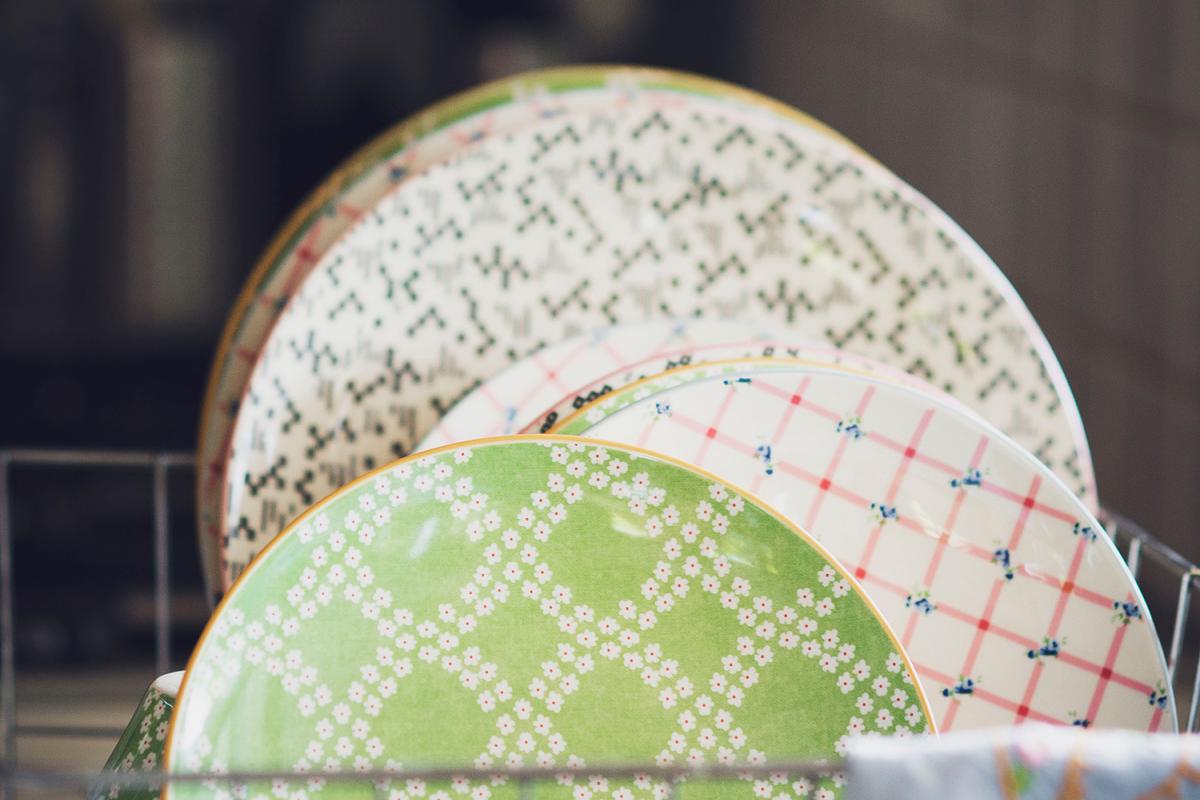In 2018 women will no longer wash dishes.
Men won’t be confused by the needs of their own babies, nor baffled by basic domestic tasks.
Cars, clothes and home appliances will be targeted at people not parodies.
We won’t see exclusively heteronormative love stories played out to persuade us to buy jewellery, or insurance, or coffee.
And we’ll be undeterred when research groups comment that our female lead character is a bad mother for being committed to her job; or that male nurses lacks credibility. Won’t we?
2017 was the year of major new commitments to tackle stereotyping. UN Women and Unilever led Unstereotype Alliance promises to galvanise change at scale. The ASA are to launch new guidelines on the avoidance of gender stereotyping in ads. The support that both these announcements received from advertisers and agencies alike is evidence of the ripeness for change. But whilst advertising can and should spearhead change we cannot do it alone. We have centuries of social conditioning to overcome.
Overhauling gender roles (and indeed stereotypes of all kinds) is clearly a good thing. It needs to happen in advertising and it also needs to happen across culture and media more broadly.
An ad with progressive roles and casting can only do so much against a backdrop of pervasively gendered or exploitative content in programming, in print, in music.
Whilst there has been a shift in this in some sense (there are more men in music who reject traditional expectations of masculinity), the overwhelming bulk of the material we consume reinforces that which we agree, in theory at least, is harmful.
Protecting brand safety was another key theme in 2017. Major advertisers, including the UK Government removed all ads from YouTube and interrogated how their agencies managed programmatic buys in response to ads being featured alongside hate inspiring content. If we want to get serious about eradicating harmful stereotyping, then a similar approach to media buying could set the tone. It is equally as legitimate to make choices about where brands are seen based on the way the content it sits within portrays people. If, as GfK’s research for the ASA identifies, we have accepted that stereotyping in ads has limiting effects on those that see it, then we should apply the same theory to non-advertising content too.
This is not about stripping back creativity; it is about a better application of it. If we are no longer constricted to conform to outdated notions of gender and role, the potential for new stories is boundless. The same GsK research clearly says that people don’t want advertisers to become less creative in an effort to eradicate offense. In fact, people are increasingly discerning and opinionated about the quality of creative. Rather than approaching a new world of unstereotypes with fear and, we need to collectively embrace the opportunity it gives to anyone working in the commercial creative arts.
It takes a long time to change attitudes at a societal level. None of the people involved in the Alliance or any other of the brilliant initiatives that have been launched will be in doubt as to the enormity of the challenge. But it is within our collective power to make change happen faster, by addressing the content we make and associate our brands with in a more holistic, more optimistic way.
By Jo Arden, Chief Strategy Officer at MullenLowe



